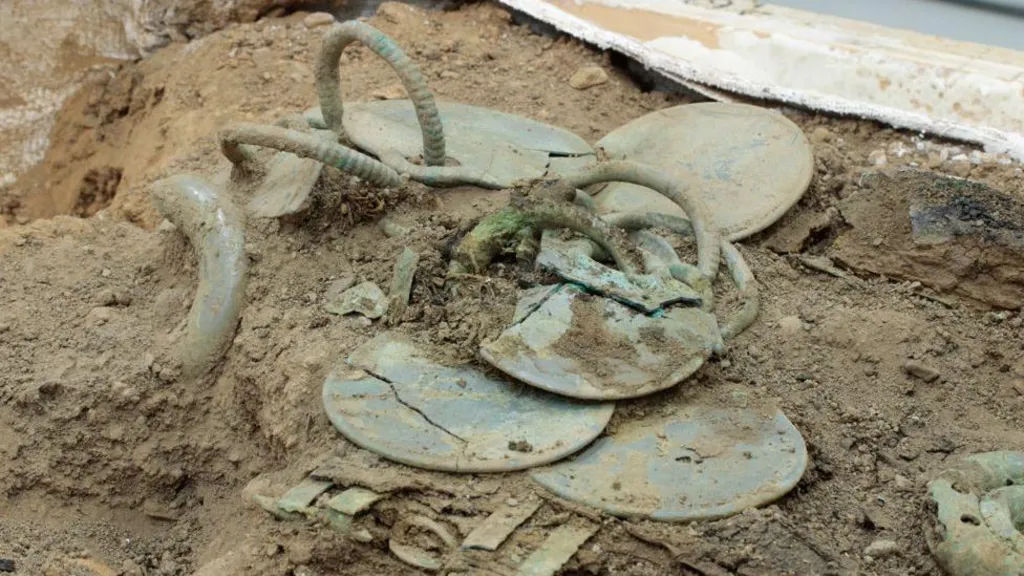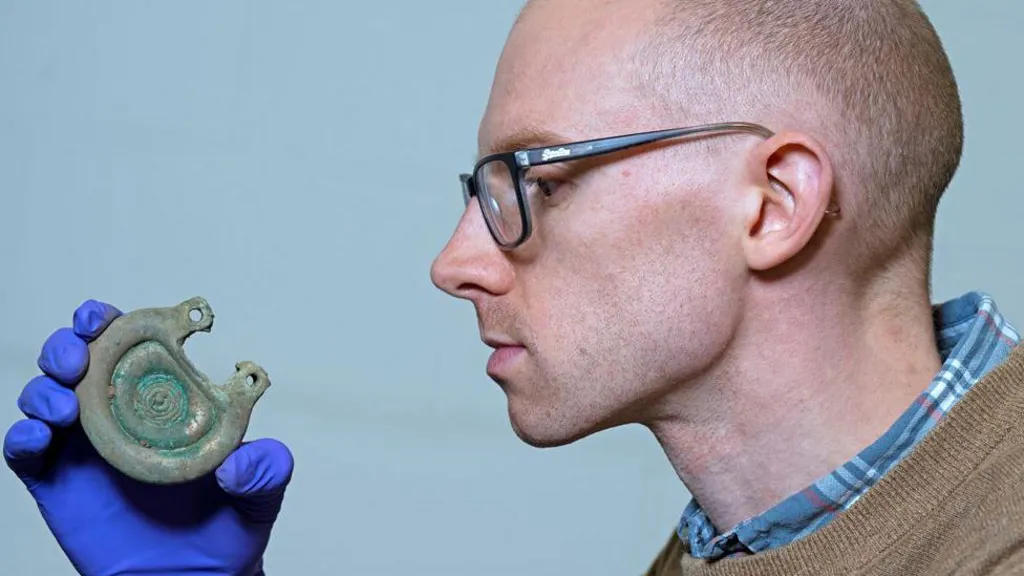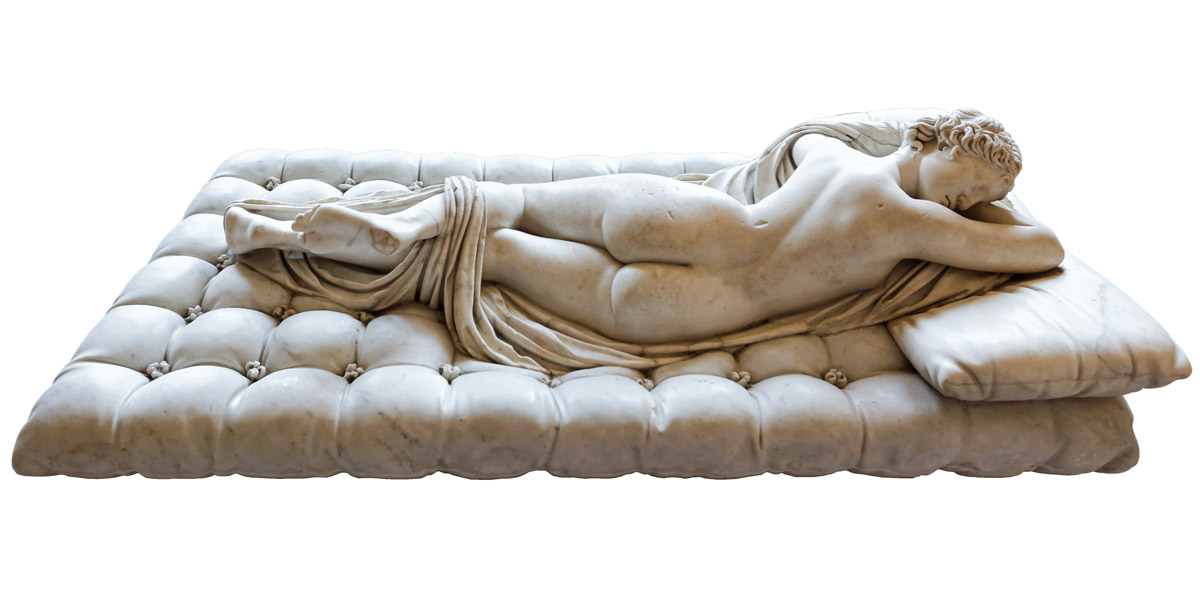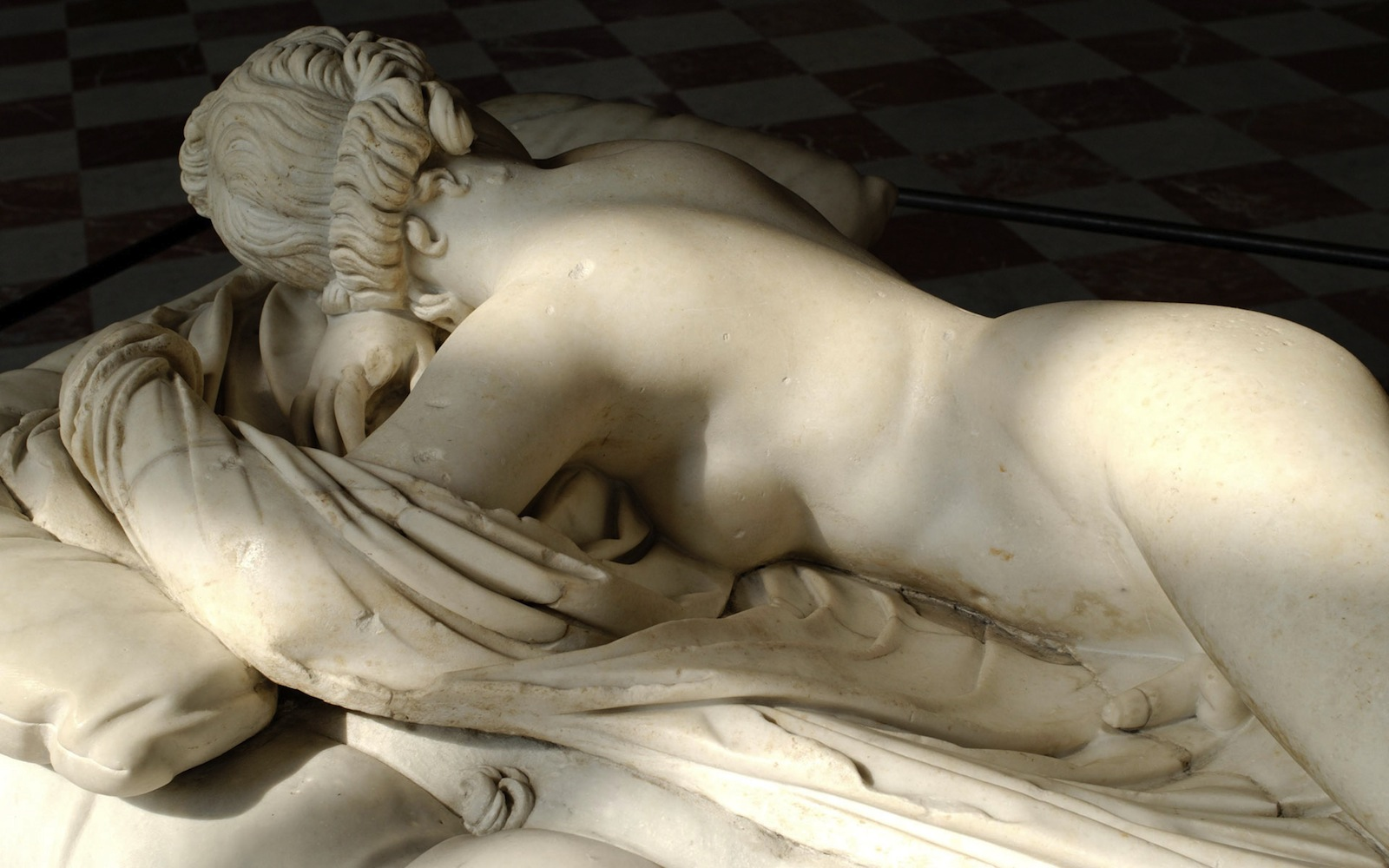"Romeo and Juliet," written by William Shakespeare, is one of the most enduring love stories in literature, captivating audiences for over four centuries. It’s a tale of passion, young love, family conflict, and the ultimate tragedy that arises from human flaws. The play, first performed in 1597, reflects themes that transcend time, such as the intensity of youthful love, the destructive nature of feuds, and the heavy cost of miscommunication.
This article delves into the key aspects of "Romeo and Juliet"—its plot, themes, characters, and the timelessness that keeps it relevant even today.
Plot Overview
Set in the city of Verona, Italy, "Romeo and Juliet" opens with a feud between two noble families: the Montagues and the Capulets. This ancient rivalry spills into the streets, resulting in frequent brawls between members of the two houses. Amid this backdrop of tension, the protagonists, Romeo Montague and Juliet Capulet, meet and fall deeply in love, despite the enmity that divides their families.
Act I: Love at First Sight
The play begins with a brawl between the servants of the Montagues and the Capulets, underscoring the long-standing feud. Romeo, who is heartbroken over his unrequited love for Rosaline, attends a masquerade ball hosted by the Capulets in hopes of seeing her. At the ball, he sees Juliet, and the two instantly fall in love. The famous balcony scene follows, where they confess their love and vow to marry despite knowing their families’ hatred for one another.
Act II: Secret Marriage
With the help of Friar Laurence, who hopes their union will end the feud, Romeo and Juliet marry in secret. Their love contrasts the hostility between their families, presenting love as a powerful force that can transcend even deep-rooted hatred. However, their joy is short-lived.
Act III: The Turning Point
The play takes a tragic turn when Tybalt, Juliet’s cousin, challenges Romeo to a duel. Romeo, now related to Tybalt through marriage, refuses to fight, but his friend Mercutio steps in. Tybalt kills Mercutio, enraging Romeo, who then kills Tybalt in revenge. Romeo is banished from Verona, creating a deep crisis for the couple. The lovers are separated, and Juliet is devastated by the events that have transpired.
Act IV: The Plan
To avoid being forced into marrying Paris, a suitor chosen by her parents, Juliet seeks Friar Laurence’s help. He devises a plan for Juliet to take a potion that will make her appear dead. Once buried in the Capulet tomb, she will awaken, and Romeo will be there to take her away. However, the plan goes horribly wrong when Romeo, not receiving the message about the plan, believes Juliet has truly died.
Act V: The Tragic Conclusion
Romeo, heartbroken, buys poison and goes to Juliet's tomb. There, he encounters Paris and kills him in a duel. Believing Juliet to be dead, Romeo takes the poison and dies beside her. When Juliet awakens and finds Romeo dead, she stabs herself, joining him in death. The tragedy shocks both families, and in their grief, they agree to end the feud.
Themes
1. The Power of Love
Love in "Romeo and Juliet" is portrayed as a powerful, all-consuming force that transcends societal norms and familial conflict. From the moment they meet, Romeo and Juliet are driven by their passion, willing to defy their families and the world for each other. Their love is so intense that it leads them to make life-and-death decisions, ultimately resulting in their untimely deaths.
2. Fate vs. Free Will
The concept of fate looms large throughout the play. From the beginning, Romeo and Juliet are described as "star-crossed lovers," hinting that their destinies are already written in the stars. Despite their efforts to control their fate through secret marriage and elaborate plans, external forces—miscommunications, timing, and family pressures—conspire against them. The tension between fate and free will raises the question of whether their tragedy was unavoidable.
3. The Destructiveness of Feuds
The Montague-Capulet feud serves as the backdrop to the tragedy, showing how deeply ingrained hatred can destroy lives. The feud causes numerous deaths, not just of Romeo and Juliet, but also of Mercutio, Tybalt, and Paris. Shakespeare highlights how senseless conflicts between groups can result in irreversible harm to individuals, especially the young and innocent.
4. Youth and Impulsiveness
Romeo and Juliet are young, passionate, and impulsive, acting quickly on their emotions. Their decisions to marry, fight, and even die for love are made in haste, reflecting the headstrong nature of youth. Shakespeare contrasts this youthful impulsiveness with the more measured responses of older characters like Friar Laurence and the Nurse, who, despite their guidance, are unable to prevent the tragic outcome.
Character Analysis
Romeo Montague
Romeo is a young man who begins the play melancholic and heartbroken over Rosaline. However, his encounter with Juliet transforms him, showcasing his capacity for deep, passionate love. While he is sensitive and idealistic, his impulsive nature leads to rash decisions, such as killing Tybalt and committing suicide without verifying Juliet's death.
Juliet Capulet
Juliet starts as an obedient and innocent young girl but quickly grows into a determined and courageous individual. Her love for Romeo drives her to defy her family and societal expectations, showing remarkable strength in her decisions. Despite her youth, Juliet emerges as a tragic heroine, facing her fate with dignity and resolve.
Mercutio
Mercutio, Romeo’s close friend, is a witty and free-spirited character, often providing comic relief in the play. His death marks a significant turning point in the story, symbolizing the loss of joy and the beginning of the tragic sequence of events. Mercutio’s cynicism about love contrasts sharply with Romeo’s romantic idealism.
Friar Laurence
Friar Laurence plays a pivotal role as the well-meaning priest who marries Romeo and Juliet and devises the plan to reunite them. His attempts to reconcile the lovers reflect his hope that love can transcend hatred, but his schemes ultimately fail due to miscommunication and fate.
The Timelessness of Romeo and Juliet
One of the reasons "Romeo and Juliet" remains a timeless classic is its universal themes of love, conflict, and tragedy. The play explores the intense emotions of young love, a feeling that transcends time and culture, making it relatable to people of all generations. The feud between the Montagues and Capulets resonates in contemporary contexts, reflecting how societal divisions—whether based on class, race, or politics—can lead to personal tragedies.
Moreover, the play’s exploration of fate and human agency continues to captivate audiences. Are Romeo and Juliet victims of their circumstances, or do their choices lead to their downfall? This question keeps the play relevant as it encourages reflection on the balance between destiny and free will in our own lives.
Conclusion
"Romeo and Juliet" is not just a story of love; it is a rich exploration of human emotion, family conflict, and the devastating consequences of both passion and hatred. Its lasting impact on literature, art, and popular culture speaks to its universal appeal. Shakespeare’s masterful combination of poetic language, dramatic structure, and timeless themes ensures that "Romeo and Juliet" will continue to be read, performed, and cherished for generations to come.




















































































































